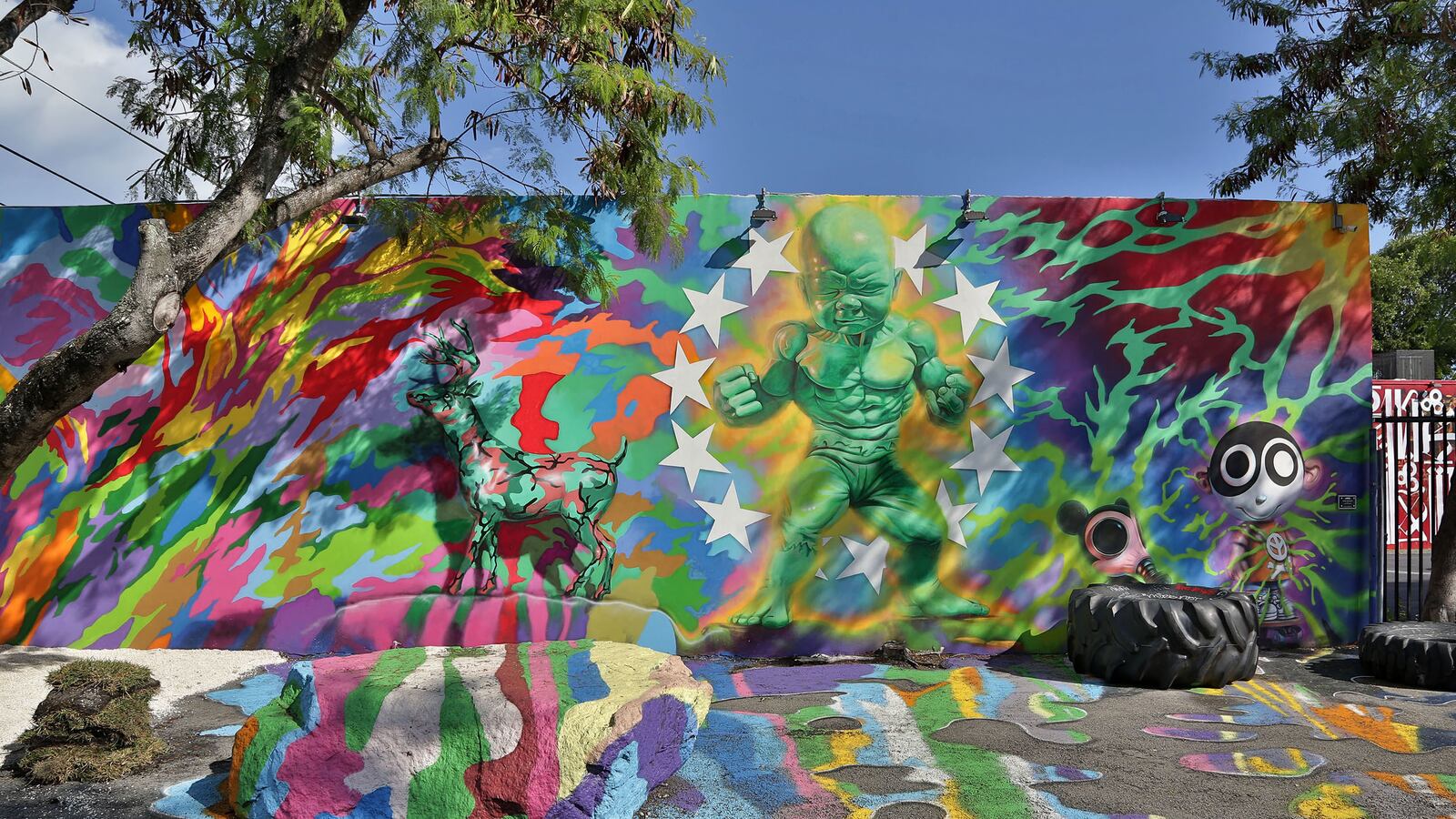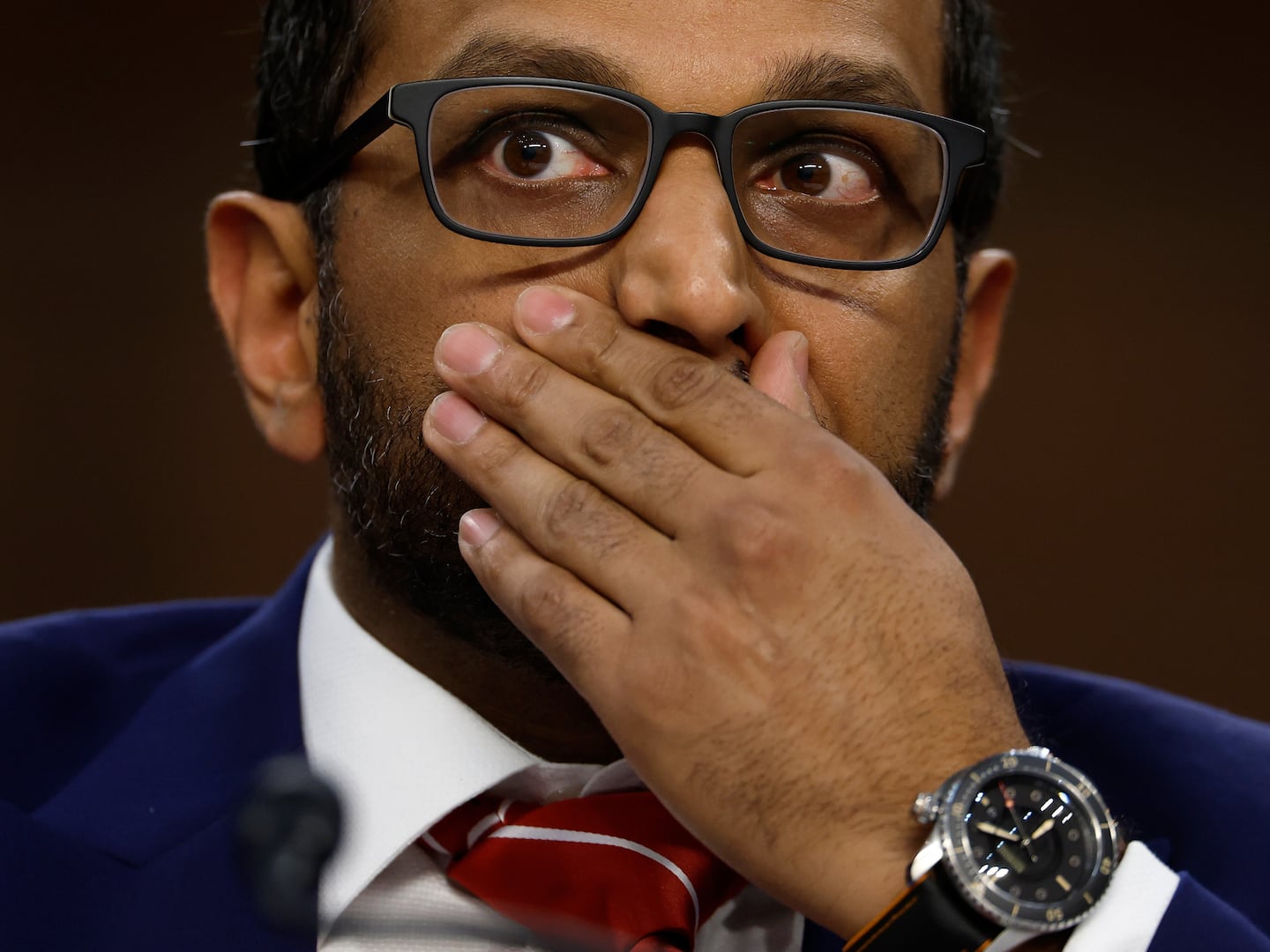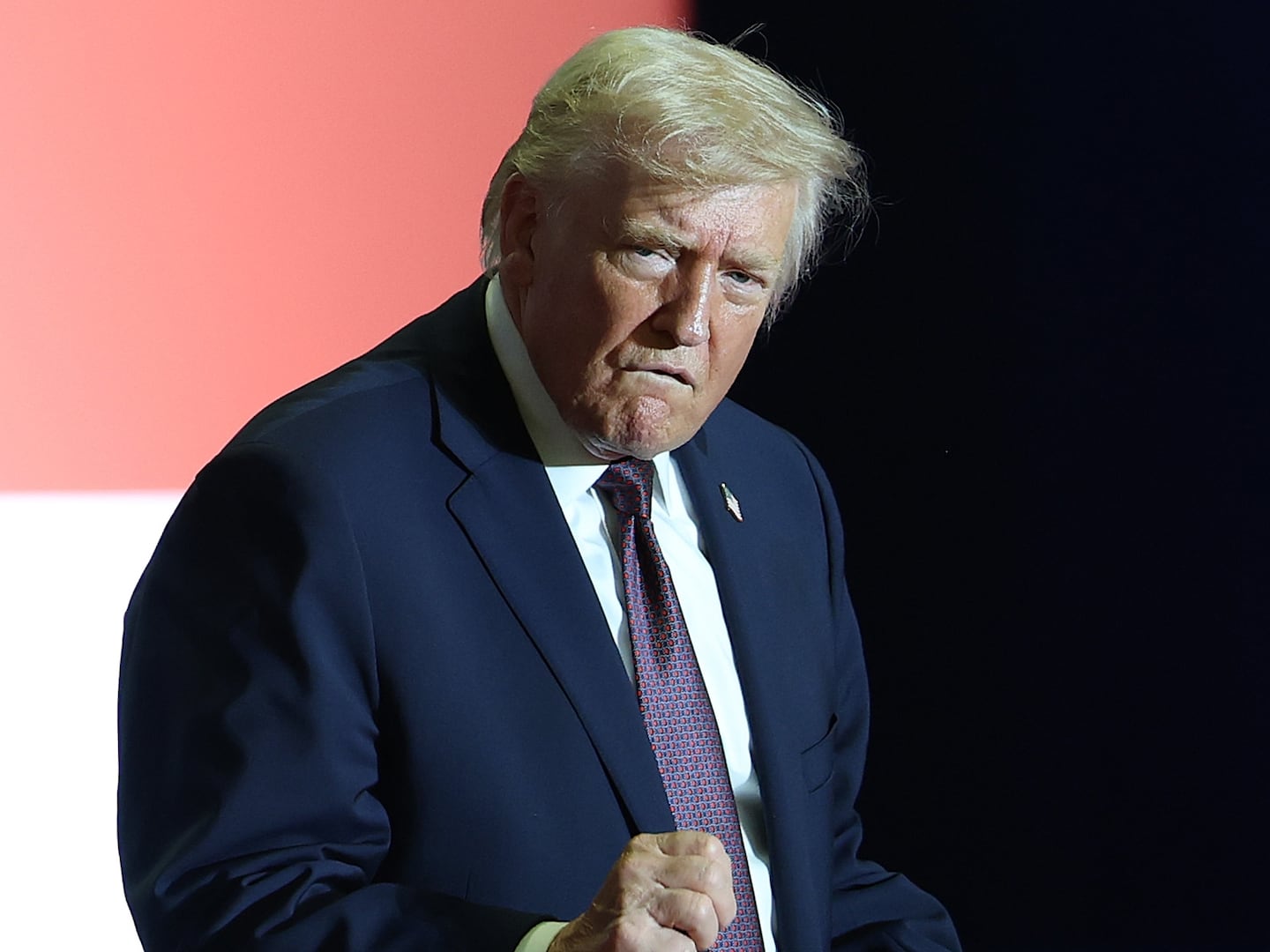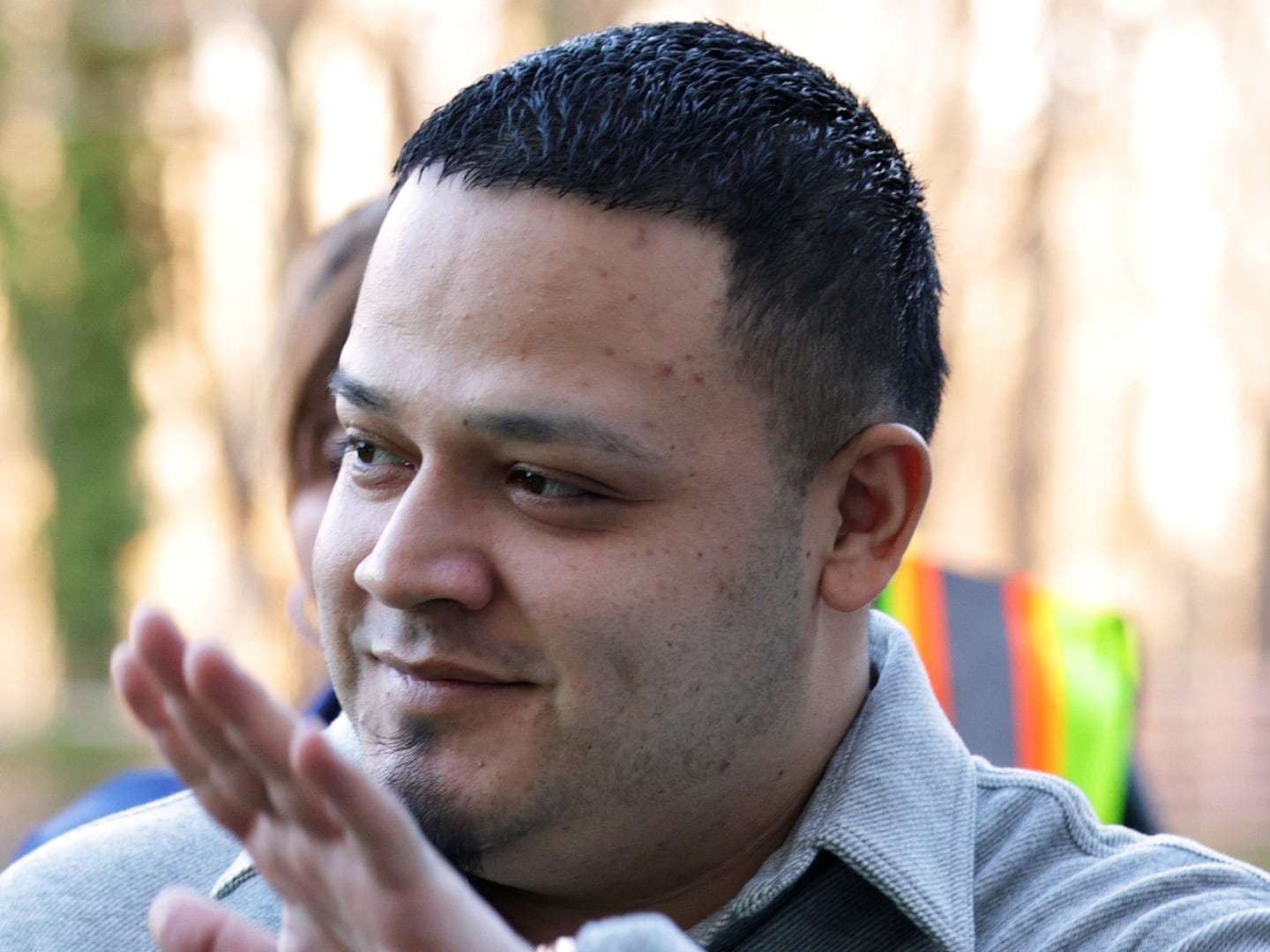
Miles inland from the beach, hot and shadeless with broad streets more conducive to flats or bikes than wheels and heels, Miami’s Wynwood neighborhood is everything the South Beach scene isn’t. Given that both were the brainchild of the late developer Tony Goldman, it’s like meeting siblings with nothing in common except for their fundamental outlooks on life—they’re all about fun and leisure, they just go about it in different ways.
Most destinations force you to choose: indoors or outdoors. Culture or local color. But Wynwood lets you pick both simultaneously. The warehouse district’s most popular attraction is its collection of murals, outdoor murals. And you don’t need to schedule your day around opening hours—they are visible 24/7.
The revitalized warehouse district extends from NW 20th Street to NW 36th Street, from North Miami Avenue to NW 3rd. It’s made up of windowless building walls and garage doors along broad avenues and alleyways that provide the canvas for the world’s most popular street artists, as well as a new collection of bars and cafes. It’s not your typical neighborhood layout, so be ready for long stretches of nothing between the dazzling displays.
The heart of Wynwood is the six-block rectangle radiating from NW 2nd Avenue between 23rd and 26th Streets. There, the Wynwood Walls, a closed-off courtyard of color-splashed warehouses, features murals by artists ranging from L.A.’s Shepard Fairey, who works out his politically charged images on posters and then mounts them as a whole piece (he’s best known for the Obama “Hope” poster) to one of the few female street artists, Aiko, who uses her native Japanese imagery in hand-cut stencils that she painstakingly fills with vibrant colors to create a festive atmosphere.
Outside the walls, and seeping down nearby streets, are dozens of photogenic and thought-provoking visions. Instead of hastily spray-painting their ephemeral creations on the fly, graffiti artists in Wynwood have rare permission to tag, so they take their time to plan their designs, which can remain for years. The result is bigger, bolder splashes of color and carefully thought-out works.
South African Faith47’s Multum in Parvo, unmissable on the main drag of galleries, is one of the most dazzling. For starters, it’s twice as high as any of the other works, has been created on a two-story wall, and it glitters with gold paint that shimmers as the sun sets. The artist says she doesn’t like to “rob the viewer” by dictating what to think; instead, she wants her work to connect to people on an emotional level, in effect communicating without language.
Some of Wynwood’s streets can feel a bit desolate, even in the daytime. If you’d rather not go it alone, a mobile street fair called Art Walk opens from 6 to 10 p.m. every second Saturday evening, with special late gallery openings, music, and lots of company. It’s popular and free.
Foodies with a few hours and $69 to spare can taste the neighborhood on a Saturday afternoon excursion with Miami Culinary Tours. The two-and-a-half-hour journey offers a taste of the Wynwood’s most popular cafés and local flavor on a short stroll (less than one mile) as well as an informative discussion about the artists and galleries. What’s up in the air is the location, which is disclosed once you buy your ticket.
Or grab a snack yourself—try a handcrafted rye or seeded bread at the artisanal (and award-winning) Zak the Baker at 405 NW 26th, but not on a Saturday, when the café is closed. Every other day it will be packed with customers who speak in devotional tones of changing offerings like sunflower seed toast and salmon frisée salads and intense turnip soups and goat cheeses, all made with simple methods Zak picked up in his travels.
Recently, Wynwood’s seen as many bar as art openings. This is the antithesis of the breezy high heels and tight dresses at Latin glam scenes down at South Beach, with a throwback blue-collar warm industrial chic. These are also more than just drinking establishments; they are the student unions of this neighborhood, with a changing roster of cultural activities.
Brick House’s 1920s’ low-slung building at 187 NW 28th Street matches its under-the-radar appeal. The casual outdoor yard strung with tea lights is part beer garden, part performance space for changing live music acts. Every last Sunday of the month, they host a “Mini-Market” arts and craft sale.
A few long blocks away, everything about Gramp’s at 176 NW 24th is old school. Yet the bar, which opened at the end of 2012, is practically a baby. It has live music from local and national bands. The pastel outdoor furnishings look like leftovers from a closed nursery school, while inside collared shirts seem overdressed. Don’t be fooled. The screening room, Shirley’s, in the back is an Estefan production, as in Nayib Estafan, the son of Gloria, she of Miami Sound Machine royalty. They show throwback movies every Tuesday and Thursday, which seem much more entertaining with one of their rum or whiskey cocktails.
Of course, the main event in Wynwood is the annual Art Basel weekend and the satellite art shows that are as popular as the Convention Center’s offerings in South Beach. In airy, air-conditioned white tents, and on side streets, popular modern-art fairs attract buyers, gallerists, and people who just want to lose themselves in acres of color, shapes, and ideas. The city’s major fairs, such as the city’s oldest, Art Miami, one of its newest, Red Dot, and the avant-garde Pulse, feature more art than you can take in in one day. Fortunately, the events run for several days: this year, it will be the first week and weekend in December.






